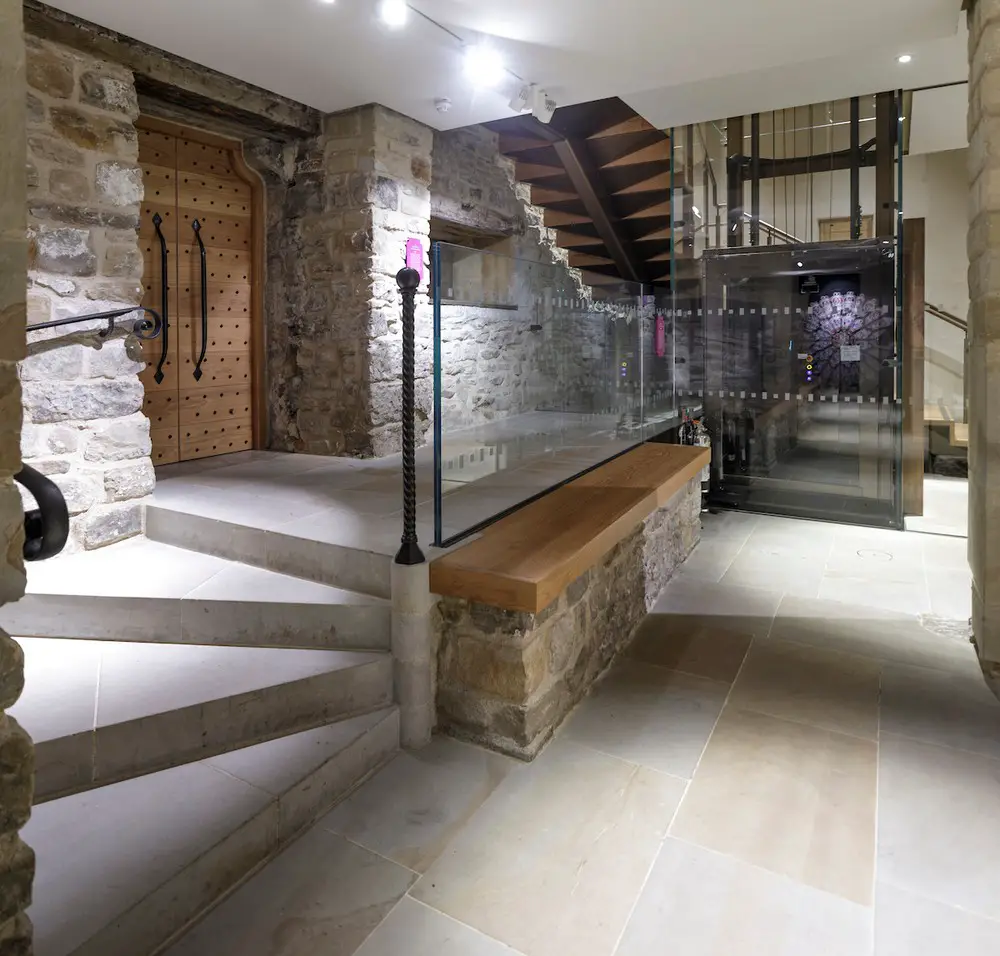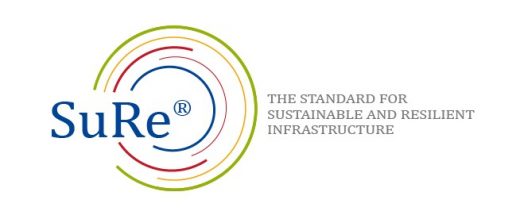Standard for Sustainable and Resilient Infrastructure, Green Architecture, Eco Buildings, Climate Change
Standard for Sustainable and Resilient Infrastructure News
SuRe – ISEAL Green Building: Ecological Architectural News
11 Dec 2018
SuRe – Standard for Sustainable and Resilient Infrastructure
Article from Global Infrastructure Basel Foundation (GIB), Switzerland
ISEAL’s First Infrastructure Standard: SuRe – The Standard for Sustainable and Resilient Infrastructure
Basel, 11.12.18 – Infrastructure development in cities is key to fighting climate change and fostering sustainable development. Cities need to become more inclusive, resilient and sustainable as stated by Sustainable Development Goal (SDG) Number 11.
In the context of the ongoing COP 24 and the globally agreed goal of limiting global warming to significantly less than two degrees, GIB aims to actively contribute to a world where sustainable and resilient infrastructure is the norm rather than the exception. Infrastructure is both the solution and the main cause of climate change.
Global Infrastructure Basel Foundation (GIB) with SuRe® – the Standard for Sustainable and Resilient Infrastructure – has become the first infrastructure standard to be an associate member of ISEAL as of October 4th, 2018. ISEAL is the global membership association for credible sustainability standards, whose mission is to strengthen sustainability standards for the benefit of people and the environment.
SuRe® is a global voluntary standard which integrates key criteria of sustainability and resilience into infrastructure development and upgrade, through 14 themes covering 61 criteria across environmental, social and governance (ESG) factors. Aiming to establish a common language and understanding of sustainable and resilient infrastructure projects between project developers, financiers, local authorities, SuRe® provides guidance on how to manage ESG aspects from both a risk management and a benefit creation perspective throughout the whole project’s life cycle.
As such, it can be used to leverage both public and private investments in infrastructure in a way that ensures cost-effective access to critical services while strengthening resilience, maximizing social benefits and limiting the environmental footprint.
CEO, Katharina Schneider-Roos:

SuRe® has been developed by GIB Foundation and Natixis Bank as part of a multi-stakeholder process. To maintain a balanced representation of stakeholder in the standard development and to provide transparency and due diligence process safeguards, it is governed by the following three bodies: the SuRe® Secretariat, the Standard Committee and the Stakeholder Council, each having its own mandate for the development of SuRe®.
Katharina Schneider-Roos, CEO of Global Infrastructure Basel Foundation said: “We are extremely happy on the achievement of this milestone. We look forward to engaging in the ISEAL community of practice to create positive value in sustainable systems worldwide.”
GIB started developing the SuRe® Standard in 2014. The development of the SuRe® Standard lasted three full years and culminated with the release of the first certifiable version of SuRe®, version 1.0 at the COP23 in 2017. After the release, GIB applied to become an ISEAL member.
To be eligible to become an ISEAL associate member, SuRe® first had to demonstrate its multi-stakeholder basis and go through a Secretariat Evaluation Procedure against the three ISEAL Codes of Good Practice for standard setting, assurance and impact. The ten ISEAL Credibility Principles are embodied in these codes. For example, GIB now demonstrates their transparency by making the relevant information publicly and freely available on its website.
A table displaying SuRe Criteria:
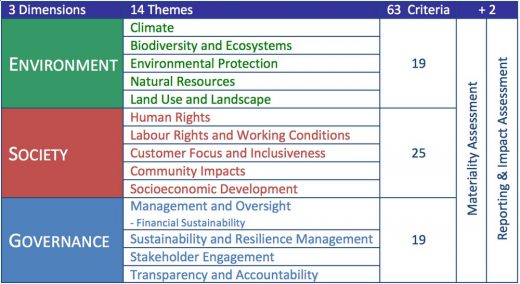
With SuRe® GIB joins 24 other ISEAL members, including the Forest Stewardship Council (FSC), Fairtrade International (FLO) and Accreditation Services International (ASI). By implementing best practices from the ISEAL Codes of Good Practice baseline criteria, GIB demonstrates its commitment to the main ISEAL goals of improving the effectiveness and impact of sustainability standard systems, and thus increasing their adoption on a global level.
The development of the SuRe® system will continue through an initial implementation phase of the standard, running through 2018 – 2019. During this phase and beyond, GIB will be identifying the first infrastructure projects to assess their compliance with the SuRe® standard.
Additional Information:
ISEAL: https://www.isealalliance.org/
SuRe® – The Standard for sustainable and resilient infrastructure: https://gib-foundation.org/
© Copyright 2018 Global Infrastructure Basel Foundation, www.gib-foundation.org
Elisabethenstrasse 22, CH-4051 Basel, Switzerland. T +41 61 205 10 80
Sustainable Architecture Archive
Sustainable Development Report News

Sustainable Architecture – Population Growth Drives Housing Crisis
Climate Change Global Warming Research Report – BBC news link
Population growth
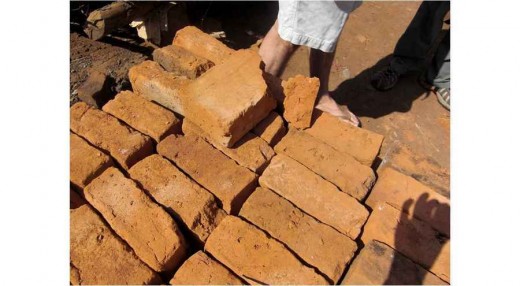
photo © Article 25
global warming – BBC news link
Sustainable architecture
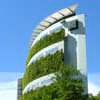
photograph : Enrique Browne
Long Life, Loose Fit, Low Energy
Sustainable Design : article by Trevor Tucker. 15 Sep 2009
Sustainable Architecture News Scotland : News
Sustainable Architecture Design : article by Trevor Tucker. 18 Aug 2009
Sustainable Buildings : Brief informal discussion re some of the issues
Sustainable Architecture Links
DTI Low Carbon Buildings Programme: www.lowcarbonbuildings.org.uk
Greener Homes & Buildings: www.ghbullard.co.uk
Guidance on procuring higher recycled content in construction: www.wrap.org.uk
Forest Stewardship Council – FSC: www.fsc.org
BREEAM: www.breeam.com
Healthy Building Network: www.healthybuilding.net
Sustainable Build: www.sustainablebuild.co.uk
Comments / photos for the SuRe – Standard for Sustainable and Resilient Infrastructure page welcome

